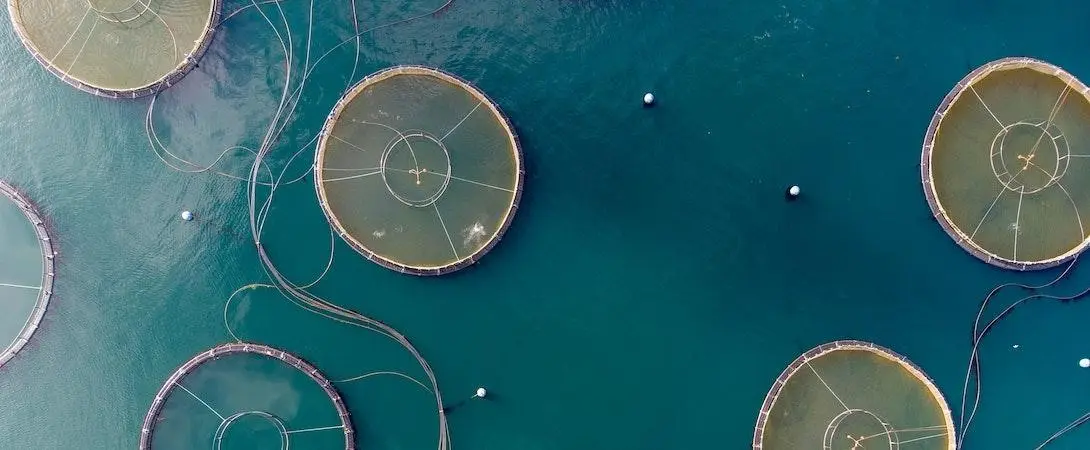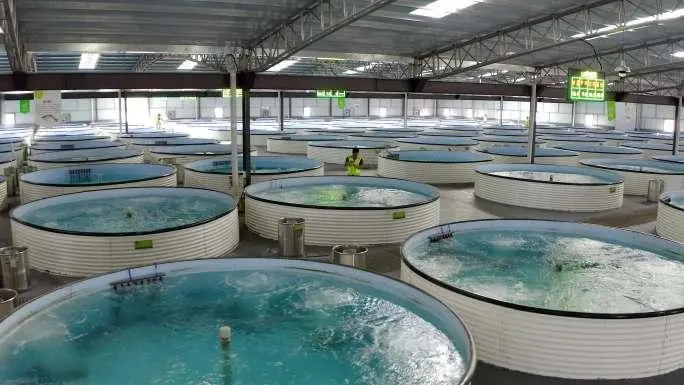Disinfectants in Aquaculture: A Comprehensive Guide to Clear Water and Healthy Stock
🌊🐟 Disinfectants in Aquaculture: A Comprehensive Guide to Clear Water and Healthy Stock 🧪🌿
Disinfectants are vital in aquaculture to maintain healthy pond environments, reduce disease outbreaks, and ensure high yields. Each disinfectant product serves a unique function. Understanding their differences helps farmers make better decisions. Let’s explore the most common disinfectant chemicals used in fish and shrimp farming.

🔶 1. Potassium Monopersulfate Compound (PMPS)
Also known as potassium peroxymonosulfate, potassium bisulfate, or potassium bisulfate salt compound, this broad-spectrum disinfectant is widely recognized as one of the best disinfectants in aquaculture.
🧬 How It Works:
PMPS is a powerful oxidizing agent. When dissolved, it releases reactive oxygen species that disrupt microbial membranes and genetic material. This ensures rapid destruction of bacteria, viruses, fungi, and parasite eggs.
💧 Key Benefits:
- Fast action (5–10 minutes contact)
- Effective in high-organic environments
- Biodegradable and non-toxic disinfectant
- Also functions as a pond oxygenator, increasing dissolved oxygen in water, improving aquaculture pond bottom conditions, and helping to keep pond water clear.
- Enhances oxygen water levels, crucial to fish and shrimp vitality
🔍 Common Uses:
- Water disinfection
- Surface disinfectant for tools and nets
- Ideal disinfectant for aquaculture, especially intensive systems
🟠 2. Bleaching Powder (Calcium Hypochlorite)
This traditional aquatic disinfectant is inexpensive and fast-acting, ideal for general bacteria control. However, its effect weakens in high-pH or cold water and may irritate aquatic animals. Use with care.
🟡 3. Chlorine Dioxide
A potent disinfectant in water treatment with long-lasting action. It’s non-toxic and leaves no residue, making it excellent for fish ponds. It requires activation with citric acid and should be stored safely.
🔵 4. Bromine-Based Disinfectants
Known for extended action and low corrosiveness, these are ideal for long-term use. However, excessive dosages (over 200g/mu within three days) at high temperatures may cause molting stress in shrimp.
🟣 5. Potassium Permanganate
This oxidizing agent is often used for treating fish skin infections. While effective, overuse can impair fish respiration and oxygen balance. Best applied in warm, low-organic water.
⚫ 6. Formaldehyde-Based Disinfectants
Mainly used for pond bottom sterilization during fallow periods. It evaporates quickly and doesn’t accumulate in the pond. Store in colored glass containers away from metal and sunlight.
🟤 7. Glutaraldehyde
Effective against a wide range of pathogens including Vibrio spp. and Aeromonas spp. Works best at pH 7.5–8.5. Though a broad-spectrum disinfectant, it can reduce dissolved oxygen levels, so apply with caution in fragile ecosystems.
🟢 8. Iodine-Based Disinfectants
Gentle yet powerful, these offer deep tissue penetration. They are especially effective for diseases like fin rot and mouth fungus. Safe for use on juvenile and adult fish with minimal irritation.
🟩 9. Povidone-Iodine
Releases free iodine gradually, offering strong anti-bacterial, antiviral, and anti-fungal effects. It’s low-toxicity and ideal for disinfecting equipment and water, especially during outbreaks of hemorrhagic or ulcerative diseases.
🟥 10. Sodium Dichloroisocyanurate
Also called SDIC, it’s a stable broad-spectrum disinfectant effective against bacteria, spores, viruses, and fungi. Used for water treatment, feeding zones, and even in medicated feeds to treat bacterial enteritis.
🟧 11. Trichloroisocyanuric Acid
A chlorine-rich powder with strong oxidation power. Ideal for pond disinfection and clear pond preparation. Highly effective against columnaris and aeromonas bacteria. Avoid mixing with lime or phosphorus-based products.

✅ Conclusion: Tailor Your Disinfection Strategy
From surface disinfectants to fungicidal disinfectants, every option plays a role. But if you're looking for a multipurpose solution that improves water quality, boosts oxygen water, and provides broad-spectrum microbial control—Potassium Monopersulfate Compound stands out as the most innovative, sustainable choice.
🔁 Use wisely, monitor dissolved oxygen levels, and rotate disinfectants to avoid resistance buildup. Healthy water = healthy harvest. 🌱🐠





